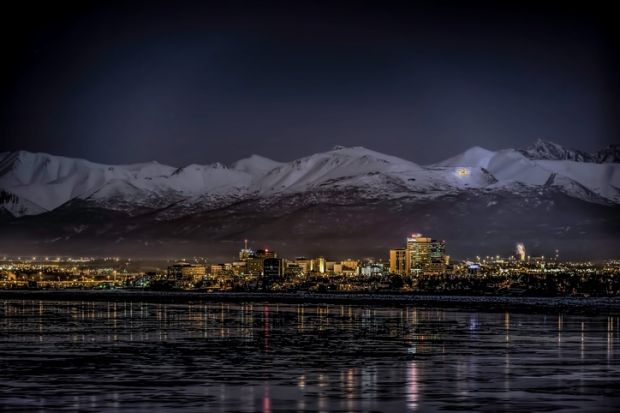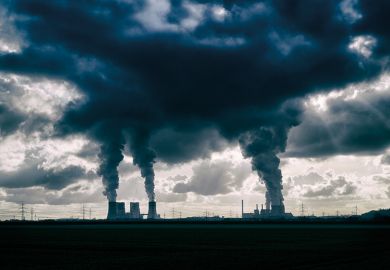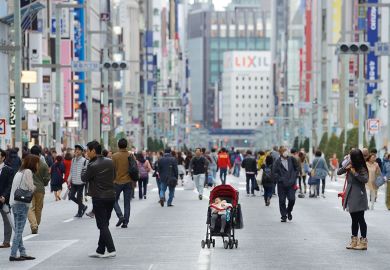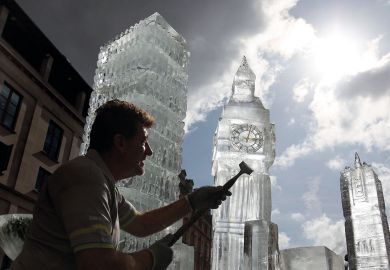The citizens of Barrow, the northernmost town in Alaska, do not see the sun for more than two months in winter. The state’s dark days seem like a fitting metaphor now that Mike J. Dunleavy, Alaska’s Republican governor, has cut appropriations to the University of Alaska system by two-fifths, and the state legislature was not able to summon the 45 votes to override his decision.
The Alaska situation is in some respects unique. In recent years, Alaska has consistently ranked in the top five of the 50 states in appropriations of state tax funds for higher education, while head count enrolments have experienced more than a 10 per cent drop over the last five years. Some adjustment could have been expected.
But Dunleavy’s cut is no adjustment. It will lead to the closing of satellite campuses, the elimination of hundreds of staff and faculty positions, and an unprecedented 60 per cent reduction in the number of students the system can serve. The governor is content with that. He announced the cuts by stating: “We can no longer be all things to all people.” For accuracy’s sake, he might have said: “We can no longer prepare for the future.”
The cut is part of the governor’s multi-year pledge to restore the oil-revenue dividends that the state used to pay each resident. The governor decided to take this step in spite of steep declines in oil and gas revenues, and a state economy that has been, as a consequence, mired in recession. Under the circumstances, one might have imagined that the governor would be thinking about the next step in the evolution of the Alaska economy.
The dark days in Alaska should serve as a reminder that colleges and universities can be one of the most valuable social investments states make. According to research by the Georgetown Center for Work and Education, US college graduates earn, on average, about $1 million (£800,000) more over the course of their lifetimes than those without degrees. My own research shows that post-industrial industries (10 per cent or more of whose workforce have advanced degrees) now constitute about 50 per cent of US GDP. They include most of the fastest growing industries in the country: computing, internet services, finance, healthcare, telecommunications, entertainment media, and colleges and universities themselves.
A new study by the economists Anna Valero and John van Reenen confirms that universities enhance regional GDP in four ways: through human capital development; through innovation; through fostering pro-growth institutions (such as democratic polities); and as a direct function of their demand for workers, goods and services in their local communities. Their work is based on massive study of 15,000 universities in 78 countries over a 60-year period. The researchers find that a 10 per cent increase in a region’s number of universities is associated with a net 4 per cent increase in future GDP per capita.
Valero and van Reenen only hint at the non-economic benefits of universities. But these are not hard to identify. College-educated citizens pay more taxes, are much less likely to use state social welfare services and are more likely to stay informed, vote, have trust in others and volunteer in community organisations. And these social benefits tend to carry over into succeeding generations.
Dunleavy’s decision follows an understandable but short-sighted trend also observed in a few other politically conservative states, such as Louisiana and Missouri. Most residents either cannot afford high taxes or do not want to pay them, so the government cuts essential social investments, including higher education. This does little to alleviate poverty but leaves the state less well-equipped to face the future. More surprisingly, it bucks the trend in many mineral-rich states, such as Wyoming, North Dakota and New Mexico, which have continued to use proceeds from mining and drilling rights to invest in their college students. The leaders of these states appear to understand better than Dunleavy that mining and drilling are exhaustible resources, but college students are a form of renewable human energy.
If business leaders, philanthropists and policymakers want the US to continue to lead the world economically, they will need to encourage higher levels of investment in public research universities, rather than follow Dunleavy’s lead. After decades of international competition, it is still the case that no fewer than half of the top 50 universities in the current THE World University Rankings are located in the US. But this dominance is far from secure. It will require building creatively on current accomplishments while mending the problems that limit the potential of universities.
Dunleavy seems intent on turning back the clock in Alaska for short-term political gain. With the advance of global warming, a high-tech Alaska might have become a mecca for educated continentals in search of cooler weather and new opportunities. Instead, a predictable outcome of the governor’s policy will be the migration of ambitious Alaskans into the lower 48.
Steven Brint is distinguished professor of sociology and public policy at the University of California, Riverside and the author, most recently, of Two Cheers for Higher Education: Why American Universities Are Stronger than Ever – and How to Meet the Challenges They Face (Princeton University Press).





